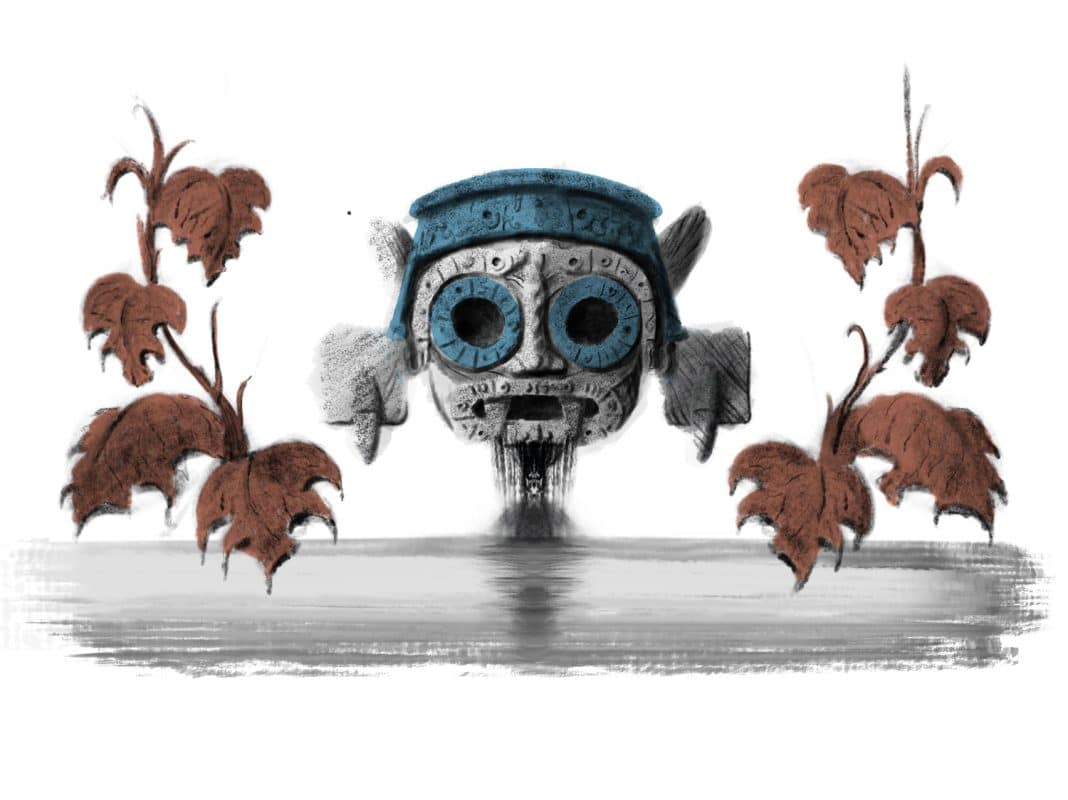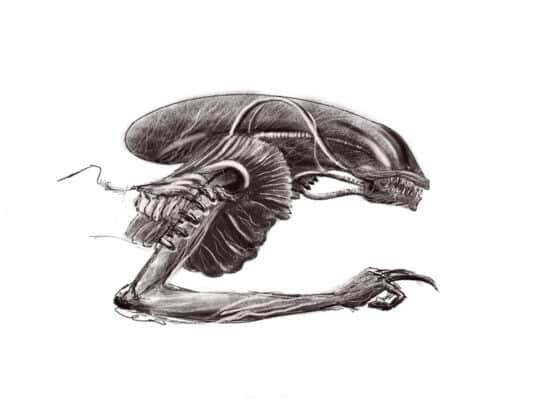
The heart: an eternal symbol from ancient history
The heart: an eternal symbol from ancient history 22/08/24 SUMMARY The heart is an element with countless nuances, meanings that have evolved over the centuries
BLACK FRIDAY – Only for Newsletter subscribers
Would you like to receive your order by CHRISTMAS? Make your purchase by December 1st.
Would you like to receive your order by ❤️ VALENTINE’S DAY? Make your purchase by January 25th.
CHRISTMAS CLOSURE – New orders will be processed from 8 January 2025
SUMMER CLOSURE 2024 – New orders will be processed from 19 August 2024 – 10% on the entire Shop

Deep, beautiful, fearsome, rich and untamable, the sea for many cultures is the home of powerful gods. Of course, when we think of the Sea God our mind immediately goes to Neptune holding his trident with his mighty arm. However, there are a myriad of Deities with forms and powers that tell of countless cultures, from pre-Columbian civilizations to Norse mythology.
Obviously, the greater a people’s connection with water, the more importance they attached to the Sea God, thus elaborating complex and fascinating entities. Below you will find my selection of aquatic deities, chosen for their peculiarities and curiosities.
Partamo from Chalchiuhtilique. Do you have trouble pronouncing his name? Don’t worry, because this water goddess was also called Acuecucyoticihuati. An important deity in Aztec culture, she governs all waters, from small mountain streams to the vast oceans that cover the world. Highly revered, she is part of the group of Rain Gods who populate Aztec Olympus, and some texts describe her as the wife of the very powerful Tlaloc, supreme Rain God.
Not directly associated with the sea, he had control over the waters and that is why he was feared by the Aztecs. Terrible, it can cause floods and droughts, and numerous human sacrifices were offered to appease it. A hated sacrifice to Tlaloc was that of children, who were drowned in his honor. Its appearance is eerie, with hollow eyes, blue skin and a large mouth from which two strong fangs protrude.
Unlike Tlaloc, one aspect that makes the unpronounceable Chalchiuhtlique sympathetic to me is precisely the absence of human sacrifice: during the five annual festivals dedicated to her, austere Aztec priests would immerse themselves in the waters of a lake and hop around like frogs, even making the sound of them. Why? To endear himself to the goddess, of course, and promote fertility. It would have been fun to see them.
The sea is messy and destructive, and in many cultures the primordial chaos starts right from the water. This then is why Yam, God of the Sea of the Phoenicians (and the Canaanites in general), has many negative and evil aspects: deadly storms and wave destructions are due to him. God of Primordial Chaos, he is somewhat associated with the serpent Tiamat of the Babylonians. ( The Sea Serpents: monsters of the Mythological Abysses )
Because of his destructive nature, the other gods drove him out of Mount Sappan, the Olympus of Canaanite deities, and Yam retreated to a palace in the dark abyssal depths. Although the Phoenicians owed their fortune to the sea, it is surprising that the deity associated with it was chaotic and disastrous.
However, this is more understandable when we think of Yam’s great enemy: Baal. Lord of Storms, is the most important deity in the Canaanite religion. Ordinator and beneficent, he fought Yam for the title of Lord of the Gods. The sea, in short, represented disorder to be mastered.
The sea that washes the island of Ireland is full of legends and mythological animals. Among them, it is important to mention Manannan Mac Lir, God of the Sea and Storms. His name is very poetic because it means “son of the Sea,” and his figure has all the charm of Irish legends. Indeed, the stories that describe it are dense with magic.
Manannan moved through the sea in a ship that did not need sails. When he was tired of moving by ship, he could always ride Enbarr, the horse that galloped over the waters. Just like Harry Potter, Manannan possessed, among his magical items, the famous invisibility cloak.
He was married to Fan, the famous Fairy Queen. Many forget, however, that more anciently the beautiful Fan was herself a Sea Goddess.
In the transparent waters surrounding the Fiji Islands, guarding the coral reef, we find Dakuwaqa, the Shark God. He is an aquatic god but does not have absolute power over the seas, to the point that he has often found himself fighting with other deities. Indeed, a legend tells that the Shark God one fine day decided to conquer the islets of Kadavu, but this did not please a divine guardian at all, who challenged him by turning into an octopus.
This is a beneficent and protective god, a friend of fishermen. The men who cast their nets worship him because he keeps danger away and offers them large quantities of fish.
What does the Shark God look like? He can actually shape-shift and take the form of any animal, but his real appearance is that of a very muscular man with the back of a shark.
The ancient Greeks were great navigators, and the most famous Sea God in popular culture is definitely Poseidon. Yet, the origin of the god seems to have nothing to do with the sea. Indeed, it seems that the earliest Greek populations lived inland, and it is speculated that at that time Poseidon was simply God of the Waters. This would also explain the bizarre association between Poseidon and two animals sacred to him that can hardly be imagined splashing in the waves: the bull and the horse.
With the colonization of the coasts, then, the Water God finally became the Sea God, accompanied by a myriad of marine mythological figures. These include the famous Triton, a kind of merman who is half man and half fish. ( The Siren: history, mystery and legend )
A very enigmatic daughter of Poseidon is Cymopolea. It is a minor deity little known today but much feared by sailors of the time. A tempestuous daughter, she caused such violent sea storms that her father forbade her to live in his palace (she broke everything) and sent her to live in a ruined residence that stood in the depths.
Neptune has a very beautiful iconography: we imagine him aboard his chariot pulled by seahorses , clutching his trident in his fist. Similar to representations of Zeus in appearance, he has a muscular body and an adult face with a beard and long hair. It is often improperly represented as a newt, with a fish tail.
Like most Latin gods, Neptune is the Roman equivalent of the Greek Poseidon. The Ancient Romans succeeded in conquering all the coasts surrounding the Mediterranean, so much so that they went so far as to call it Mare Nostrum, however, the sea never represented an identity element of the Roman People. Unlike the Greeks and Phoenicians, in fact, the Latins rooted their culture to the earth, and it was also why Neptune never had the same importance as the Hellenic Poseidon.
However, there is one very intriguing aspect about him that can make him very fascinating: his name. Neptunus, in fact, comes from the ancient and dark god of the mysterious Etruscans: Nethuns. Even more than the Romans, the Etruscans were an Earth people, and their Nethuns before becoming God of the Seas was the deity of the wells.
Wells in many cultures represent a mystical place: dark and deep, they stick into the heart of the earth to bring water. Important for life, they were part of the daily landscape of every home and village, but they also represented mystery, the abyss, the unknown, darkness and death.
Later, Nethuns became associated with the sea, and his iconography became quite analogous to Poseidon: on a coin from 200 B.C. found in Vetulonia, for example, there is his crowned profile (without beard) accompanied by two dolphins with the classic trident.
The beauty of the Etruscan Nethuns, however, remains in the bottom of the wells, whose charm and mystery it still holds.

The heart: an eternal symbol from ancient history 22/08/24 SUMMARY The heart is an element with countless nuances, meanings that have evolved over the centuries

What is the Alien, or Xenomorph? Let’s find out its story, the meanings and symbols of the scariest predator in the universe. Anyone who has